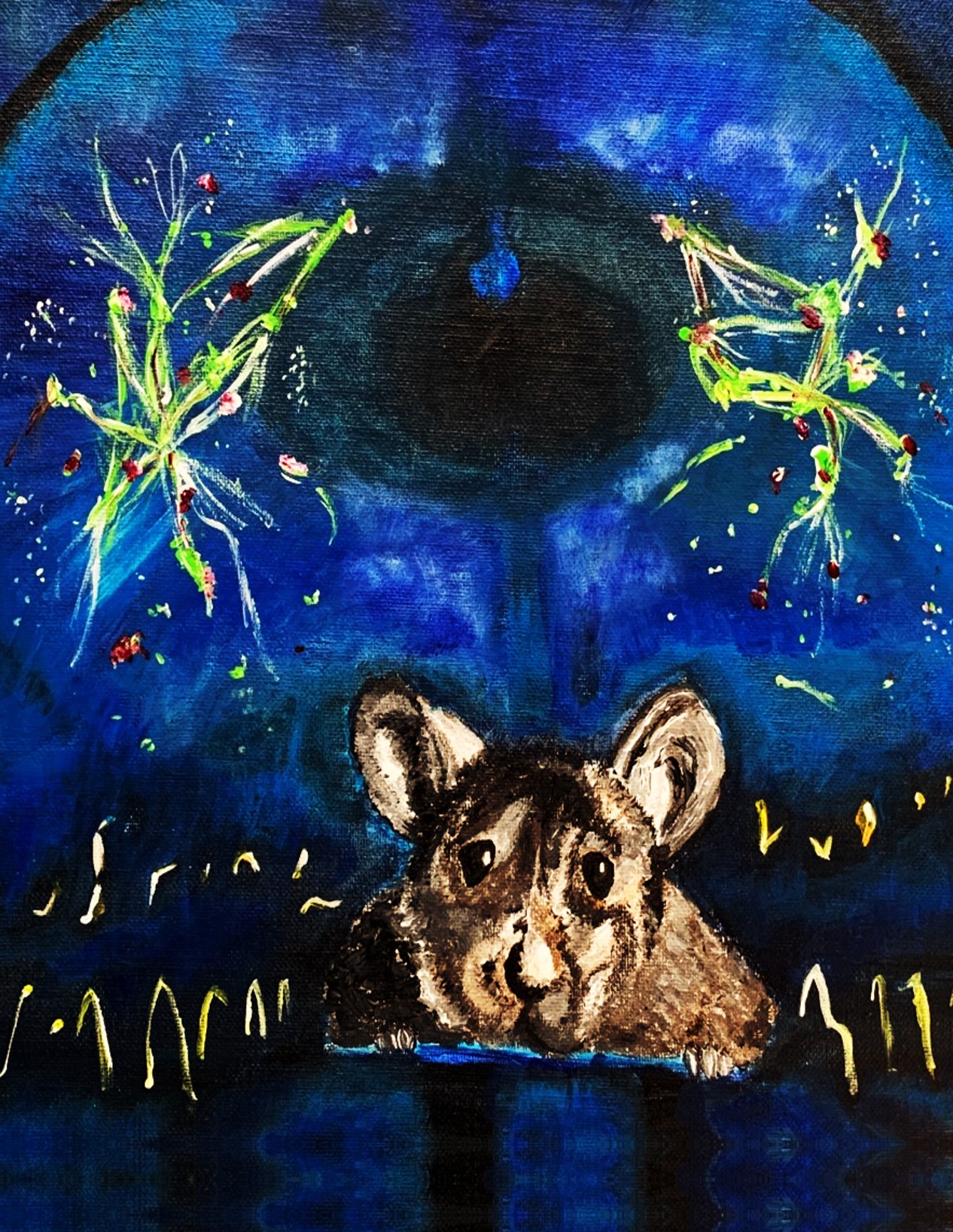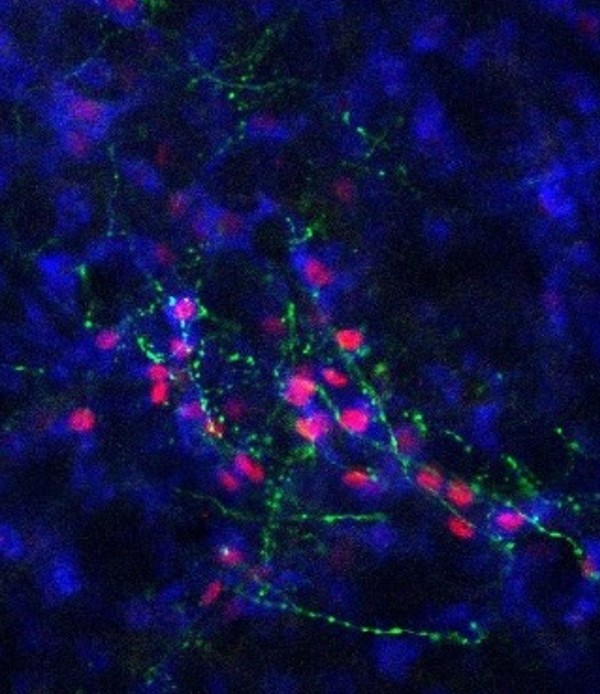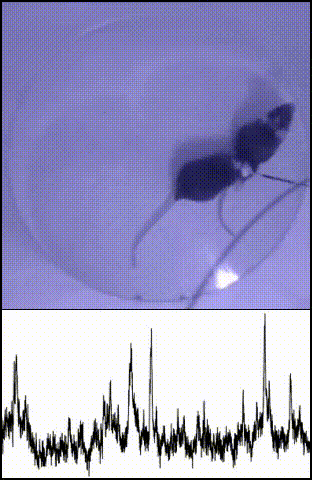Vocalizations are used by animals to attract mates, defend territory, and communicate information about an animal’s social status and affective state. Moreover, vocalizations that are produced in different contexts have distinct acoustic features that endow them with communicative significance. The Tschida Lab studies the neural circuit mechanisms that underlie these processes in mice, which produce ultrasonic vocalizations during courtship and other social interactions. We aim to understand how brains encode information about social context, which allows an animal to decide which type of vocalization to produce, and whether or not to vocalize in the first place. We also study how groups of neurons control the acoustic features of vocalization and how they enable the coordination of vocalization with respiration. Finally, we are interested in more richly describing how and when mice use ultrasonic vocalizations to communicate, and how this process goes awry in mouse models of human disorders that are characterized by communication deficits. To address these questions, we use cutting-edge viral genetic tools to map, monitor, and manipulate the activity of neurons important to vocalization, combined with careful measurements of vocalizations and other social behaviors.
Our research is rooted in careful observations of vocal and social behavior, both in the lab and in more natural settings.
We use viral tools to create anatomical and functional maps of the brain-wide circuits that control vocalization.
We monitor and manipulate neural activity, to understand how neurons shape vocalization in both health and disease.
Painting depicting the activity of midbrain neurons in a vocalizing mouse. Artwork courtesy of Alina Xiao.
Midbrain neurons essential to USV production send projections (green) to hindbrain neurons (red) that are active during vocalization.
Calcium signals imaged from populations of neurons in mice that are vocalizing during social interactions.



